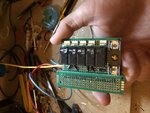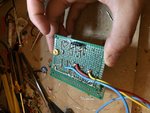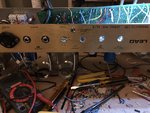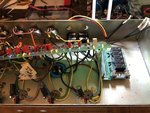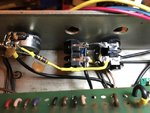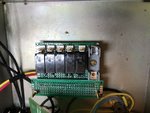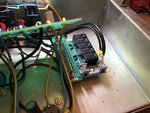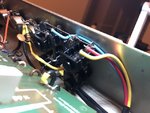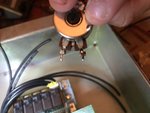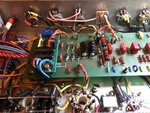glpg80
Well-known member
Relay board is half way done. I added the bypass switch for the effects loop, I couldn’t find a SPST switch built into a 1M pot that I liked.
The switch will just control the relay from the back similar to the footswitch control. I go back and forth as to whether I want it to defeat the relay entirely or just control the relay.
The switch will just control the relay from the back similar to the footswitch control. I go back and forth as to whether I want it to defeat the relay entirely or just control the relay.

